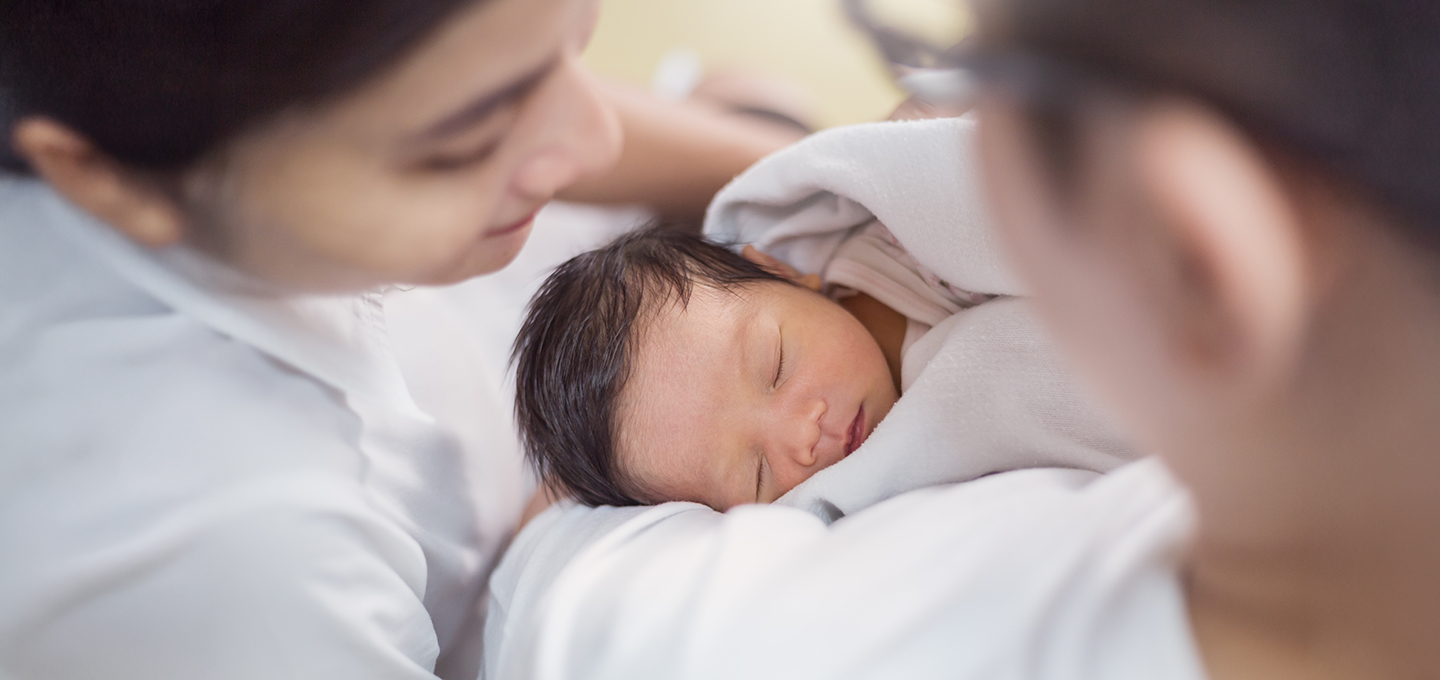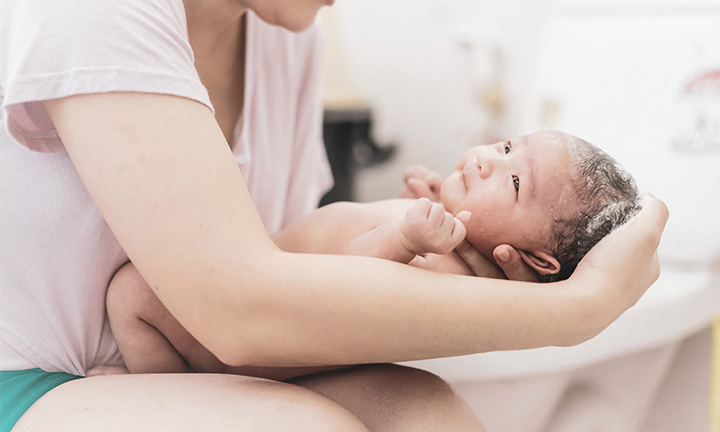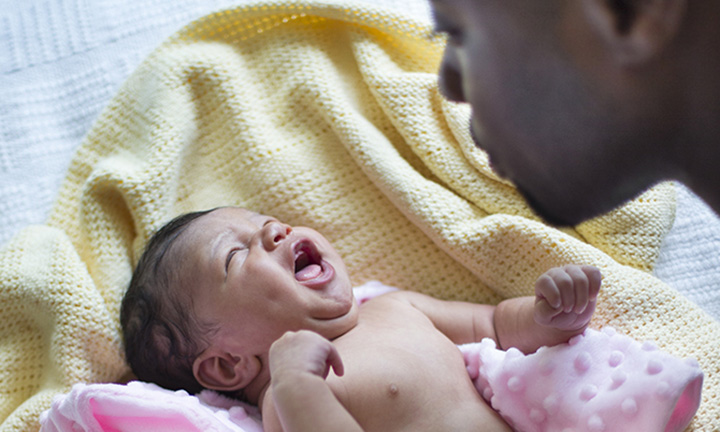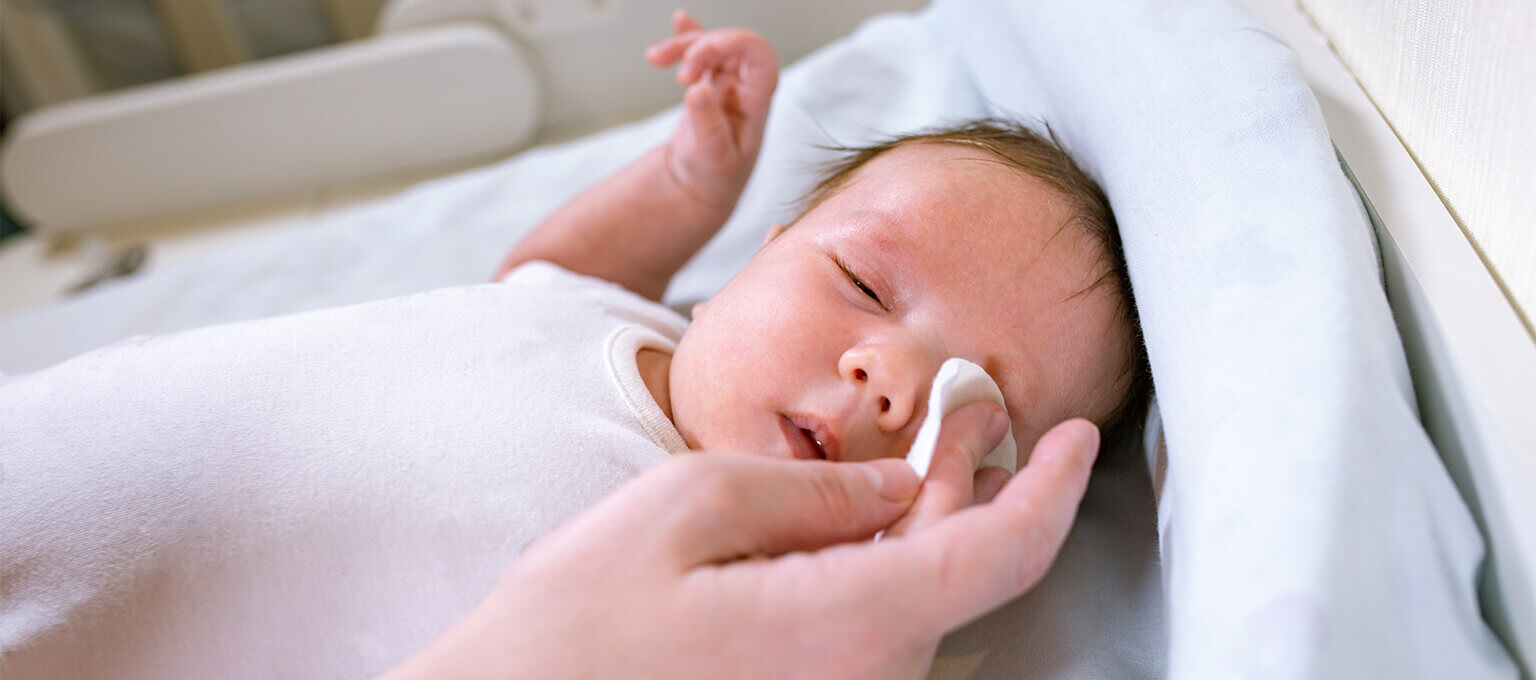
Baby Flat Head Syndrome: Plagiocephaly Explained
Have you noticed what looks like a flat patch on the back or side of your baby’s head? If so, your little one may have plagiocephaly or brachycephaly – more commonly known as flat head syndrome – a condition that usually resolves with time and a few simple preventive measures. Read on to learn more about flat head syndrome, why it happens and how prevent and treat it.
What Is Flat Head Syndrome?
The plate-like bones of your baby’s skull remain soft and malleable enough to be moulded for many months after being born – this allows it to make room for your child’s growing brain. If your baby spends a lot of time lying on his or her back (or, less commonly, due to his or her position in the uterus before birth), the weight of the head can cause a flat patch on the back or side of the skull. This condition is called flat head syndrome, or
In practice, though, it’s common to hear both types of flat head syndrome referred to as positional plagiocephaly, regardless of whether the flat patch is at the back or side. In time, the flat patch usually begins to round out naturally as the skull develops and your baby starts moving his or her head more during activities like rolling, sitting up and crawling.
Does Plagiocephaly Resolve on Its Own?
Although your baby’s head may not regain a completely perfect shape, if you take a few preventive steps most of the flattening will usually be barely noticeable (and covered with hair anyway) by the age of 1 or 2 years old.
The good news is that having flat head syndrome as a baby won’t affect your little one’s brain development.
Symptoms of Flat Head Syndrome
The only symptom of positional plagiocephaly is the flattened shape of the head. Apart from this, your baby won’t experience any pain or other symptoms. Flat head syndrome does not cause problems with your child’s development.
There are two main types of flat head syndrome:
Causes and Risk Factors
Sleep position is a chief contributor to flat head syndrome – and babies spend a lot of time sleeping – but keep in mind that all babies need to sleep on their back to reduce the risk of sudden infant death syndrome (SIDS). Back sleeping is the safest position, even if your little one has flat head syndrome. The following can also be contributing factors:
How to Prevent or Treat Flat Head in Your Baby
Your baby must always be placed on his or her back to sleep, to help prevent SIDS (even if he or she has flat head syndrome), but there are still plenty of things you can do when your baby is awake to help correct or prevent plagiocephaly:
When to See the Doctor
Mild plagiocephaly or brachycephaly is usually harmless, but it’s best to have it checked out as early as possible to make sure it’s nothing more serious and start taking steps to prevent it worsening. Speak to your doctor or health visitor if
Flat Head Syndrome or Craniosynostosis?
The most common reason for a misshapen head is flat head syndrome, but in rare cases it may be caused by a slightly more serious condition, known as craniosynostosis. This is not the same as flat head syndrome. It occurs when the plates of the skull fuse together too early, preventing the skull from growing normally. Craniosynostosis does not usually cause any long-term health problems, but it may need treatment in certain cases. Your doctor can diagnose or rule out craniosynostosis based on a physical examination and/or other tests such as X-rays or scans. Talk to your doctor if you notice any possible signs of craniosynostosis, such as:
FAQs at a Glance
The head shape will likely correct itself in time, especially if simple measures are taken to relieve pressure on the flattened area of the skull. In some cases, your doctor may recommend physiotherapy to help treat flat head syndrome.
The Big Picture
Experts say the best treatment for flat head syndrome is to prevent it in the first place by ensuring your baby doesn’t spend too much time in a lying position while awake. With a little time, the flat patch on your baby’s head will likely round out and your little one’s head shape will start returning to its normal shape. Even if a little flattening does remain, it usually won’t be noticeable as your child’s skull develops into its own unique shape. And – you’ll be happy to know – you can still plant as many kisses as you like on that cute little head: they certainly won’t make the flat head syndrome any worse!
The information in this article is based on the expert advice found in trusted medical and government sources, such as the National Health Service (NHS). You can find a full list of sources used for this article below. The content on this page should not replace professional medical advice. Always consult medical professionals for full diagnosis and treatment.











